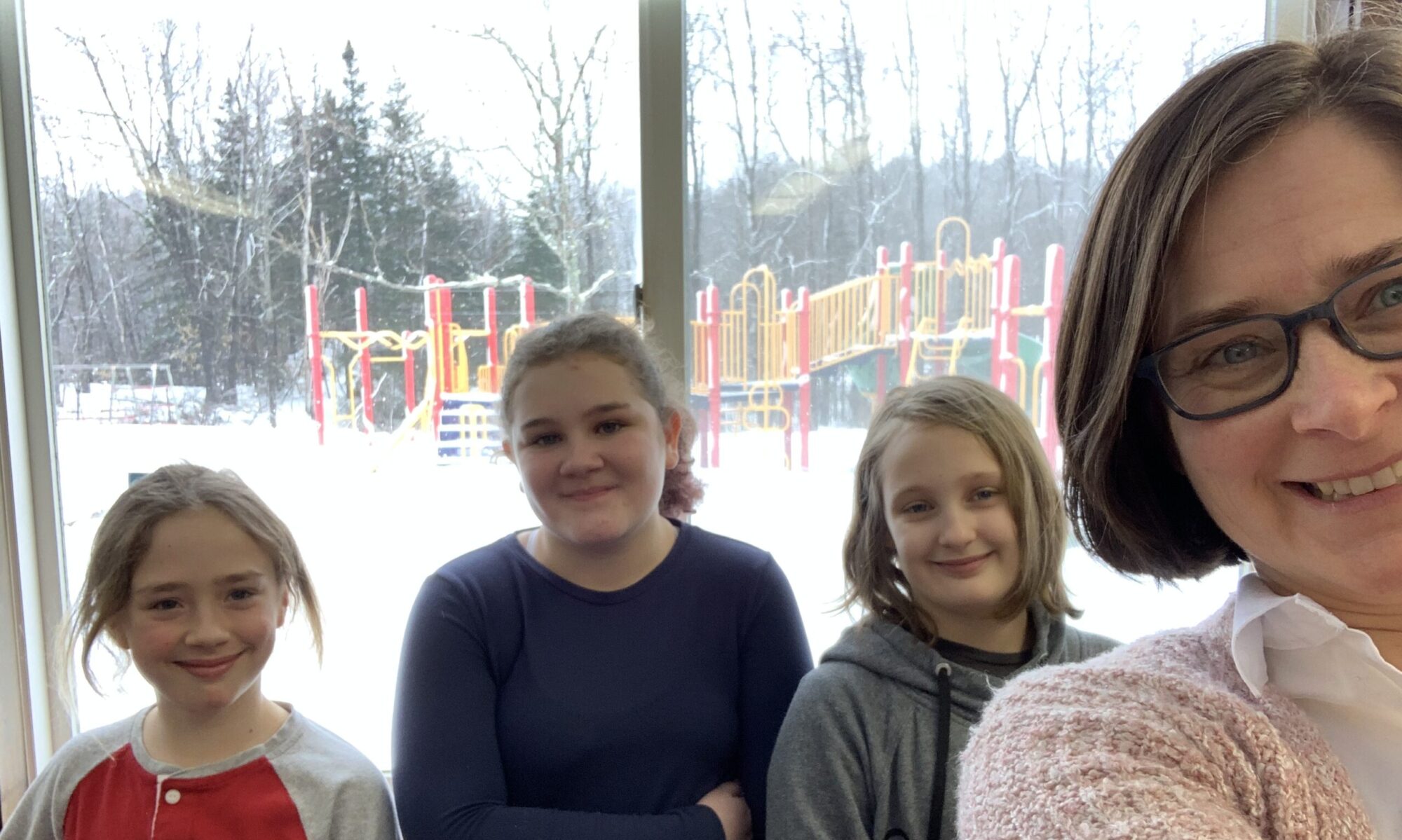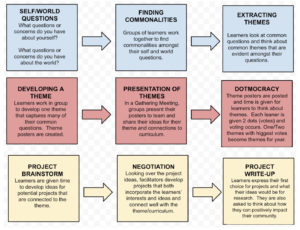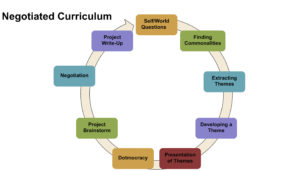Negotiated curriculum
Negotiated Curriculum is the process of intentionally inviting students to be co-constructors of the curriculum and co-designers of the learning opportunities. This process, based on James Beane’s questions of self and world, yields a curriculum of greater relevance and invites students to take responsibility for the outcomes. Most importantly, this democratic process changes the balance of power, increases engagement and personal meaning for students
Negotiated Curriculum helps set up themes and pathways of exploration for the year. This process lends itself perfectly to identifying an entry point into one of the personalized pedagogies.
Related posts:

Student Voice and Agency
If you considering moving to a negotiated curriculum model, take a minute to examine at Students at the Center’s (Jobs for the future, 2014) Spectrum of Student Voice and reflect on your own classroom, team, and school.
- Where would you place your classroom/team/school on the Spectrum of Student Voice and why?
- What factors have impacted the level of student voice activity in your classroom/team/school?
- What are your goals for student voice and partnership in your classroom/team/school moving forward?
Resources
AMLE – How Might Middle School Students Be Involved in Classroom Curriculum Planning?
The Edge Academy- Negotiated Curriculum Process
Sugaring, STEM and Community Connections – student-driven, relevant, authentic learning opportunity
Climate Change Case Studies – authentic learning opportunities driven by learners questions/concerns about themselves and the world
Making Student Learning Relevant
Example of Common Weekly Goals – goal setting example from Edge Academy team
9 Step Framework for Negotiated Curriculum and Project Based Learning
General Approaches and Strategies
- The Architecture of Ownership – Check out this link if you are looking for an overview of the different ways students can be engaged as partners in various areas of their education with real life examples
- Meaningful Student Involvement in Action – Overview of different categories of student involvement with real life examples for each
- Sound Out – Spaces for Meaningful Student Involvement – A different version of the resource immediately above
- 7 Ways to Increase Student Ownership
- 5 Ways to Empower Students
- Student Voice in School-Level Change at Harwood Union High School (Video) – A video overview of student involvement in school-level change at Harwood Union High School



